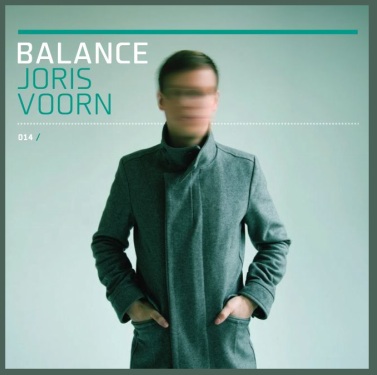In November of 2006, I decided to climb Mt.Rainier.
Given that I have never climbed a mountain, my first and only concern was ensuring that I was physically strong enough to reach the summit. Thus, over the subsequent six months I practiced climbing stairs in local arenas, walked for miles in the darkness of winter, and eventually walked thirteen miles with a loaded backpack with forty pounds of weight. In May of 2007, feeling confident in my physical ability, I packed my gear and headed to Seattle, Washington where I was to meet up with other climbers at the Alpine Ascents office.
I arrived fairly early to the planning session, and given the few climbers who were already there, the relative “intimacy” of the environment helped boost my confidence and comfort level. Interestingly enough, this level of comfort remained fairly static until three new team members arrived fairly late in the session. In retrospect, the combination of their collective personality along with the seeming “collapse” of the team dynamic led to a rather abrupt decline in self-confidence.
During the van ride to the mountain, I also noticed that I was becoming somewhat withdrawn from the group. Being consciously aware of this, I took steps to “return” to my original self and was able to gradually interact with other team members without any problems. However, it was at the first camp (Camp Muir – elevation 10,188 feet) where things started to become much more challenging for me. Granted, the physical undertaking to climb ten-thousand feet was both physically and mentally draining, but the real struggle involved not my legs or body, but my mind. Even though I was with approximately ten other climbers, I felt extremely isolated and alone.
It was only after the climb where I reflected why my primary barrier to reaching the summit on Rainier was not physical, but mental.
A person’s mental state is influenced by a wide range of factors – energy level, family history, personal experiences, etc. – but at it’s core is one’s personality. Everyone knows fundamentally who they are, but exploring the underlying facets through a formal personality test can further expand one’s awareness of their modes of operation and what they can do to bridge connections with others. A common and fairly reliable test is known as Myers Briggs, or as it is more commonly known – the Myers Briggs Type Indicator (MBTI).
When I first took the MBTI back in 2000, I was amazed with the results – the correlation to my true personality was striking. At the time, the test told me that I was of personality type “ISTJ“, which can be explained via the following descriptions:
- Ways of Gaining Energy: Introversion – You focus on your inner world and get energy through reflecting on information, ideas and concepts.
- Ways of Taking in Information: Sensing – You notice and trust facts, details and present realities.
- Ways of Making Decisions: Thinking – You make decisions using logical, objective analysis.
- Ways of Living in the World: Judging – You prefer to be organized and orderly and to make decisions quickly.
Over the Thanksgiving holiday, I decided to take the MBTI a second time. This time my results were actually much different – I was now of personality type “INFP” (Introversion, Intuition, Feeling, Perceiving). Interestingly enough, this change in type felt right.
While there is a free test available online, the benefit of taking the official test is that you are provided with an eighteen-page report that provides in-depth analysis of the key facets of your personality as well as tangible suggestions on how to improve your communication style, ability to manage change and conflict, and ability to make decisions.
Not surprisingly, the introversion element of my personality was a key determinant in my discomfort on Rainier. Fortunately, I can interact with strangers without any difficulty and engage them in decent conversation, but if I don’t have the ability to (eventually) form any true connections with the people I am with, I am going to start to withdraw. The fact that I was unable to step away from the group on Rainier to replenish my sense of “self” made it all that much more challenging.
I used to think that my inability to rapidly “connect” with strangers was a deficiency that needed to be overcome. After much self-reflection and research, I no longer believe this. To be sure, if I felt this was a genuine barrier that needed to be overcome, then I would take immediate steps to expand my personality “container” to better adapt in these types of situations. However, it’s important to recognize that all personalities are created equal and trying to “fix” a personality trait because it doesn’t “fit” isn’t necessarily the right thing to do. A personality isn’t something that needs to be “fixed”.
What is the lesson here? When faced with new challenges, having inventory of your values, strengths and weaknesses are useful tools, but the true foundation of understanding is a keen awareness of your own personality. If you take steps to explore your personality through formal or freely available personality tests, explore related literature about your personality type, and integrate the suggestions and information into your mode of operation, you will find that your sense of self will be that much greater and you’ll have an enhanced ability to deal with conflict, make important decisions, and communicate with others who have personality types different from your own.
